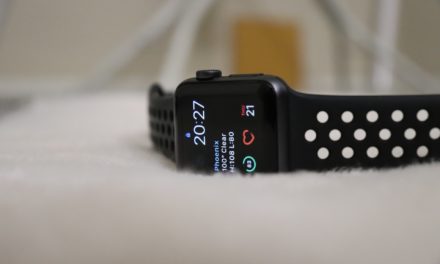[ad_1]
Portable electronic devices like tabs and iPads are proving to be invaluable resources to impart communication and social skills to children having developmental disabilities like autism spectrum disorder or Asperger's syndrome. Hundreds of specialized apps are available for download that can run on these devices. Apps like What's the Expression and All Sorts! are helping special needs children pick up important skills.
The What's the Expression app helps kids to express themselves in a better way. Children with autism spectrum disorder often can't understand how to express themselves in various situations. This particular app was made to address the developmental issue. Special needs children have to learn how to express emotions like happiness, anger, surprise, sadness etc. The What's the Expression helps them to do just that.
Sorting, on the other hand, is a basic skill which children usually pick up by observing their elders. But it could be a difficult exercise for those having autism spectrum disorder. All Sorts helps children to observe various concepts and objects in a single place and group them according to the commonness in their features.
The elusive cool factor of these two apps for autistic children can't be overlooked. But it's their versatility that's particularly appealing to the parents of these kids. Katherine Fisher, a product reviewer and the mother of an autistic child herself, said that she tested several apps for autistic children and found these two the most appropriate. They delivered what they promised. Both What's the Expression and All Sorts can cross over to the more general children-education apps, Katherine said, adding that these two apps are regularly updated.
There are various other useful apps that have been designed to help both adults and children affected with Down syndrome, Lou Gherig's Disease, cerebral palsy and similar disabilities.
Children with autism spectrum disorder are showing major signs of improvement after playing with such fun-filled apps on their tabs and iPads. According to a recent study in Australia, corrective behavior was reinforced with the help of images and voiceover, on 10 autistic children who couldn't wash their hands. Researchers claim that more than 60% of their objective was successful.
But nearly 70% of autistic children falter in motor skills, and that includes poor movement planning. These children may find it difficult to operate the small buttons of a tablet or smartphone. But the iPad, with its larger size, is usually more accessible to autistic children.
A major reason why portable devices like tabs and iPads have become particularly popular among parents, is the relatively lesser cost of these gadgets compared to the heavy, and expensive text-to-speech devices.
Take the case of 7-year old Rio, an autistic child. Before the iPad came into the market, Rio's autism made him dependent on others for play, entertainment, communication, and learning. But with the iPad, Rio now electrifies the atmosphere with his newly-acquired independence and skills. Those who have known Rio, are amazed to see the boy's transformation. He really rocks with his iPad and a set of apps for autistic children.
[ad_2]
Source by Kevin Carter





